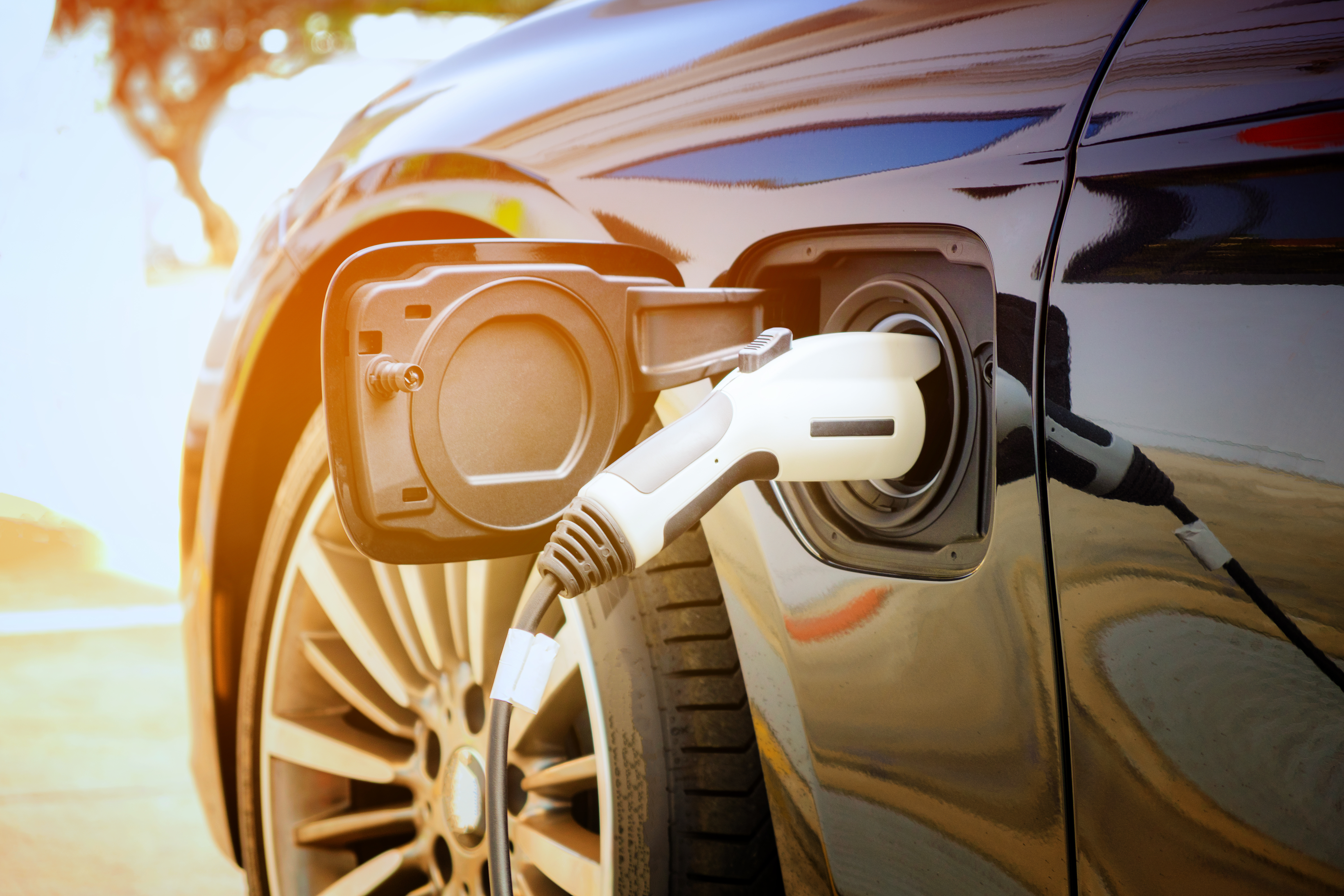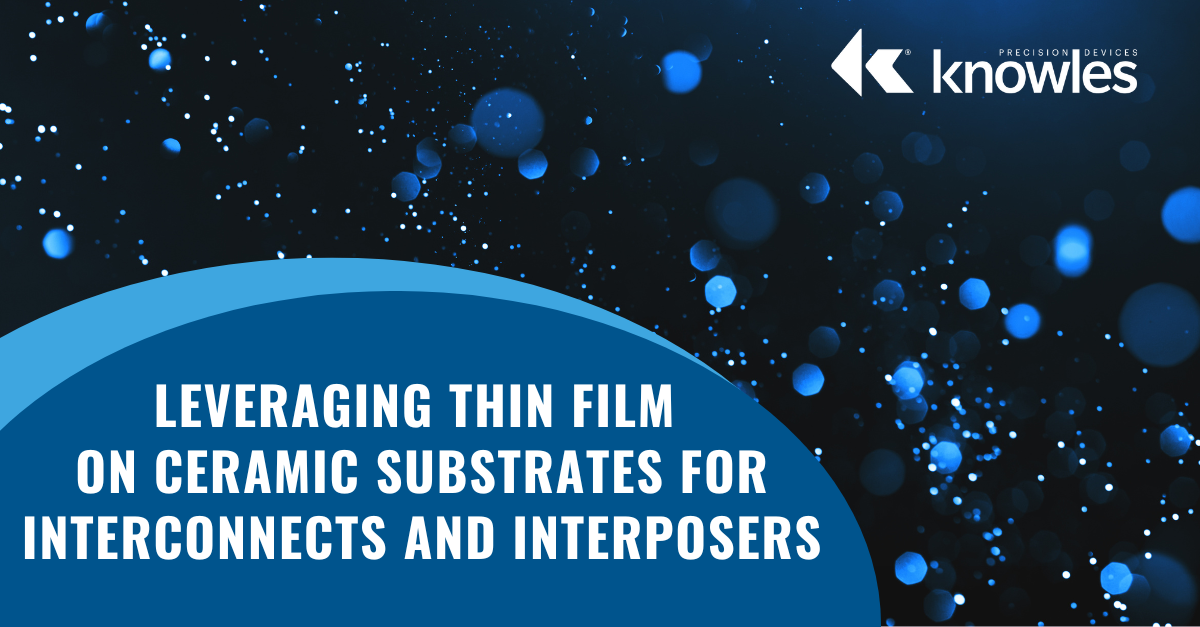Radio frequency (RF) and microwave applications involve transmitting and receiving electromagnetic signals at high frequencies. While these terms are often used interchangeably, RF means AC signals at 3 kHz to 300 GHz. For microwave, it’s more like 300 MHz to 300 GHz. Capacitors play a central role in these applications because they are concerned with capacitance, naturally, and impedance (i.e., resistance), which vary with frequency. Functionally, these passive electronic components store energy in an electric field.
Topics: Capacitor
To understand what an electromagnetic interference (EMI) filter is, and what it does, we need to first know what EMI is and why it needs to be filtered. EMI refers to undesirable electromagnetic emissions or disturbances generated either by electronic devices or natural sources in the environment that can interfere with the proper functioning of other nearby devices or systems. EMI noise can propagate through power supply lines and radiate into the environment, potentially causing disruptions or malfunctions in other electronic systems. For many devices, this could cause big issues, which is why many government organizations have developed regulatory standards for electromagnetic compatibility (EMC), or when two pieces of electronic equipment can function in the same environment without adversely impacting one another.
Topics: Filtering
Capacitor Fundamentals: Part 11 - High Reliability Testing
Welcome to the Capacitor Fundamentals Series, where we teach you about the ins and outs of chips capacitors – their properties, product classifications, test standards, and use cases – in order to help you make informed decisions about the right capacitors for your specific applications. After describing standard industry test testing in our previous article, let’s discuss high reliability testing for capacitors.
Topics: Capacitor, High Reliability
Looking Closer at Resonant Capacitors in Electric Vehicles
One of the primary goals in electric vehicles (EVs) is to increase the efficiency of its power conversion devices. The more efficiently power is converted, the further distance the EV can travel on one charge. For example, by reducing losses in a DC-to-DC (or DC/DC) converter, the converter (and overall vehicle) benefits from improved energy efficiency, a more streamlined design, and diminished heating from components.
Topics: Capacitor, Automotive, Electric Vehicles
Understanding the Role of Ceramic Capacitors in Implantable Deep Brain Stimulators
A deep brain stimulator (DBS), also known as a neuro-stimulator, is a medical device that uses electrical stimulation to treat neurological disorders such as Parkinson's disease, essential tremor, dystonia, and obsessive-compulsive disorder (OCD). The DBS is typically implanted under the skin near the collarbone or in the abdomen, and connected to a thin wire, or lead, that runs under the skin to the targeted area of the brain as shown in Figure 1.
Capacitor Fundamentals: Part 10 – Industry Test Standards
Welcome to the Capacitor Fundamentals Series, where we teach you about the ins and outs of chips capacitors – their properties, product classifications, test standards, and use cases – in order to help you make informed decisions about the right capacitors for your specific applications. After describing test parameters and electrical properties in our previous article, let’s discuss industry test standards for capacitors.
Topics: Capacitor
Heterogeneous Integration for Electronics Design in RF and Microwave
Heterogeneous integration (HI) refers to the process of combining a set of electronic components with different functions and material compositions into a single, compact system. Particularly in radio frequency (RF) and microwave applications, HI-based designs accommodate higher functional density and better performance when implemented with application-specific requirements in mind. Integrated Passive Devices (IPDs), like conductors, resistors, vias, traces, and bridges, play a significant role in HI because they’re largely responsible for the resulting performance optimization when components combine.
Topics: Build to Print
Capacitor Fundamentals: Part 9 – Test Parameters and Electrical Properties
Welcome to the Capacitor Fundamentals Series, where we teach you about the ins and outs of chips capacitors – their properties, product classifications, test standards, and use cases – in order to help you make informed decisions about the right capacitors for your specific applications. After describing dielectric classifications in our previous article, let’s discuss capacitor test conditions and electrical properties.
Topics: Capacitor
One of the things all technical disciplines excel at is creating terminology that can trip up those who are not accustomed to speaking the language every day. Take the title of this article for example. These three words sound similar and are definitely inter-related, but they are not inter-changeable.
Topics: RF and Microwave
Leveraging Thin Film on Ceramic Substrates for Interconnects and Interposers
Innovation in advanced packaging was driven, in part, by advancements in interposer design and construction. Interposers are electronic components designed to sit within a package and connect different circuits and components via interconnects. Thin film interconnects are standard in high-frequency components and subsystems where transmission line widths are small (i.e., .005” and under) to improve overall system performance. They also support high-power applications where thermal conductivity is more of a concern and certain materials like beryllium oxide and aluminum nitride are more commonly used.
Topics: Build to Print





.png)




